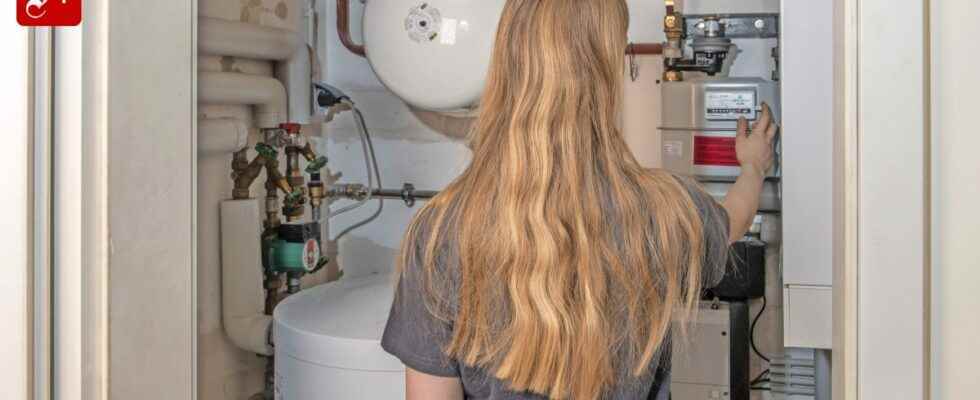The next bill will definitely come: the customer reads her gas meter.
Image: Fotofinder/Wolfgang Maria Weber
Gas customers will have to pay an additional 2.419 cents per kilowatt hour from October. Eight things that private households and companies need to know now.
What is the levy for?
DThe gas levy is a consequence of the Energy Security Act and corresponding ordinances. From October 2022 to April 2024, it is intended to compensate gas importers such as Uniper for 90 percent of the additional costs they have because they have to obtain replacement gas from Russia elsewhere. The importers have so far not been able to pass on these cost increases, so there was a risk of insolvency and the collapse of the entire supply chain. Originally, it was intended that the corporations should pass on the additional costs to their own customers, so this would only have affected those who received Russian gas. The new procedure stipulates that all gas customers will be asked to pay. So some pay more than they actually have to, others less.
Who collects the surcharge, who pays?
The so-called market area manager Trading Hub Europe, or THE for short, is responsible, a quasi-sovereign operating company of the gas network operators. It collects the fee from the energy suppliers. They are allowed to get the money back from their customers, i.e. companies or households, but do not have to. RWE has announced that it will bear the levy itself. In this respect, there is now an inequality that politicians actually wanted to avoid: an apartment supplied by RWE does not have to pay any contribution, while the neighbor with another supplier may have to pay.
